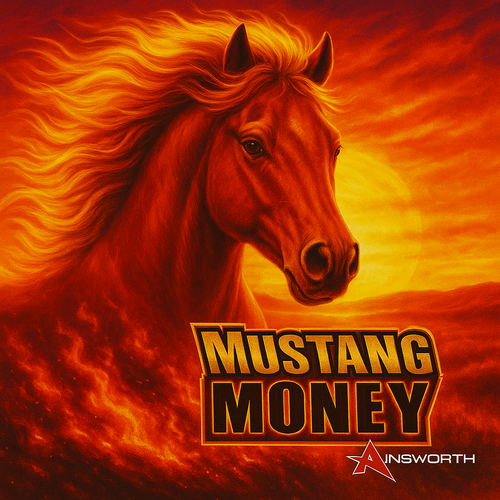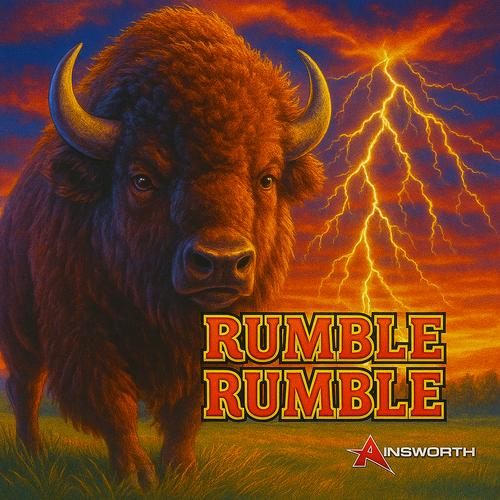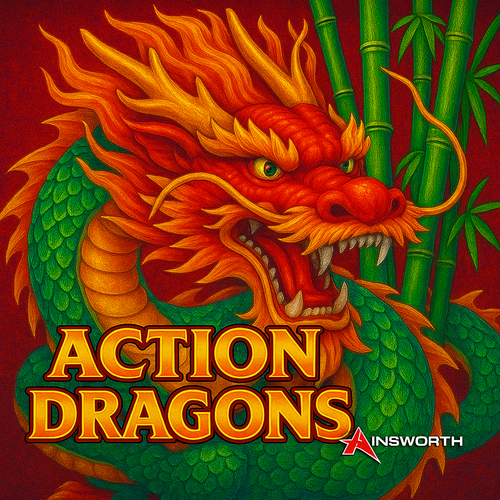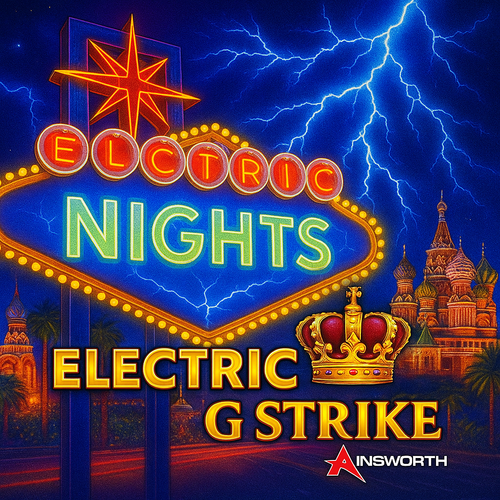Do not chase after the game: how to avoid the traps of excitement
What is "wagering" and why it is dangerous
Chasing losses - an impulsive increase in time/rate/risk after a loss in order to "get your back."
Math against: with RTP <100%, the expectation of each spin is negative, which means:- $$
- \ text {Waiting for minus for N spins }\approach\text {bid }\times N\times (1-RTP)
- $$
The longer you "chase," the faster the expected minus and variance grow.
Worrying signs you're already 'chasing'
Increased bid after a series of empty spins/bonuses.
Changed slot/turned on Ante/bought a bonus "to fight back."
Play longer than planned; ignore timer/fatigue.
Thoughts: "the slot should give," "a little more - and I will return."
Use money not intended for play; you take a debt.
Myths that push to play (and short counterarguments)
"The slot should give up after a series of empty ones." The backs are independent; "debt" no.
"I will raise the bet - the chance of a bonus is higher." Almost always not (exception - special jackpot/Ante rules).
"In the demo he gave - in real life he will also give." The math is the same, you've changed risk and expectations.
"I have already invested so much - we must return." The money spent is drowned, it cannot be "saved" by increasing risk.
Basic anti-chasing plan (put BEFORE session)
1. Session bank (fixed amount, separate wallet).
2. Rate as% Bank:- low/medium volatility: 0.8-1.5%;
- high/Bonus Buy: 0.3-1%.
- Stop-loss (SL): − 20-35% of the bank session;
- Stop-win (SW): +40–80%;
- Time: 30-90 minutes.
- 4. Unconditional exit rules: "Reached the SL/SW/timer - I exit without exception."
- Reality Check (time reminders);
- Session/Loss/Deposit limits;
- Time-out (24-72 hours) and Self-exclusion (longer);
- Withdrawal lock.
- 6. Input friction: turn on 2FA, turn off autologine/fluff, remove saved cards; if possible - soft-blockers of gambling sites.
What to do WHILE playing: 'anti-chase' protocol
The rate is fixed per session. Ban on "dogon," doubling and "warming up" Ante without A/B measurement.
Attempt counter:- 3 "weak" bonuses in a row (conditionally <× 20) → pause/slot change/exit.
- For Bonus Buy: a series of packages of 5-10 purchases; reached the series limit - stop.
- Rule of 10 minutes: felt angry/rushed - timer 10 minutes without spins. If the thrust does not pass, end the session.
- Traction scale 0-10: if ≥6, slow down/pause; if ≥8, exit.
- A short self-test before each click: "Has the bid changed because of a plan or because of emotion?" If the second is stop.
After winning: how not to give everything back
Profit Lock: immediately withdraw/postpone 50-80% of the current profit (actually by transfer/withdrawal request).
Trailing-stop on profit: keep the "moving" stop-wine = 50-70% of the peak profit of the session.
"Next day" rule: Any amounts above SW's goal of not reinvesting on the same day.
Cognitive defense: short "anti-thoughts"
Sunken costs: "What has already spent does not affect the chance of the next spin."
Player error: "A series of blank does not make the next spin more likely."
Illusion of control: "Speed /stop button/browser change does not change RNG."
Rationalization of the prize: "A big win is a reason to fix, not "accelerate."
Formulate If-Then rules:- * I feel annoyed/rushed → * I'll leave the timer for 10 minutes and close the game.
- * I leave SL/SW → * slowly, without "a couple more spins."
Tools and settings that really help
Loss/Deposit/Session limits - put below the intuitive "comfortable" level.
Time-out/Self-exclusion - select the "cooling" duration in advance.
Withdrawal lock - prohibit cancellation of withdrawal requests.
MCC card/bank blocks for payments to gambling services (if available from the bank).
Site/application blockers on the device (during "cooling").
Express calculations so as not to boil
Price per hour:- $$
- \ text {Bid }\times\text {spin/hour }\times (1-RTP)
- $$
By reducing the pace from 600 to 300 spins/hour at the same rate and RTP, you halve the expected consumption per hour.
Required bank for volatility:- low: ≥200 -300 bets; average: ≥300 -500; high: ≥500 -1000.
- This is about "live," not about "beat off."
One-page anti-chasing plan (copy)
Session Bank: ... | Rate:... (...% bank)
SL: … (−...%) | SW target:... (+...%) | Time:... mines
Rules: fixed rate; no Ante/boosts; 3 weak bonuses → pause/exit; the 10-minute rule.
Profit Lock: ...% at first plus ≥... | Trailing SW:...% of peak
Tools included: Reality Check/Session/Loss/Deposit/Withdrawal lock/Time-out
If-Then:1. If anger/haste ≥6/10 → pause 10 minutes.
2. If SL/SW/timer is an immediate exit.
3. If you pull "return" - close the site, write to a friend, time-out 24 hours.
What to do in case of a breakdown (emergency exit plan)
1. Stop immediately. Close game/browser.
2. Access freeze: time-out 24-72 h or self-exclusion.
3. Cancel triggers: delete the application, disable saved payments, enable blocker.
4. Contact the anchor person (friend/partner), send a screen of balance/conclusions.
5. Double-check finances (no debt/minus; if necessary - limit deposits with the bank).
6. If excitement interferes with life, contact a gaming addiction specialist/support in your country.
Frequent mistakes
"A couple more spins after SW - suddenly gives more."
Rate increase after a series of cons (dogon).
Ignoring timer/reality checks.
Cancel withdrawal requests.
Playing "on emotions" without pre-recorded rules.
Conclusion
Wagering is not a strategy, but an emotional pattern that accelerates the meeting with mathematical expectation. The antidote is pregame limits, a fixed rate, hard exit triggers, Profit Lock and input/output friction, supported by short cognitive "anti-thoughts." Write down your plan on one page, turn on the control tools and stick to the protocol - this way you keep your bank and head, even when the variance plays against.





















